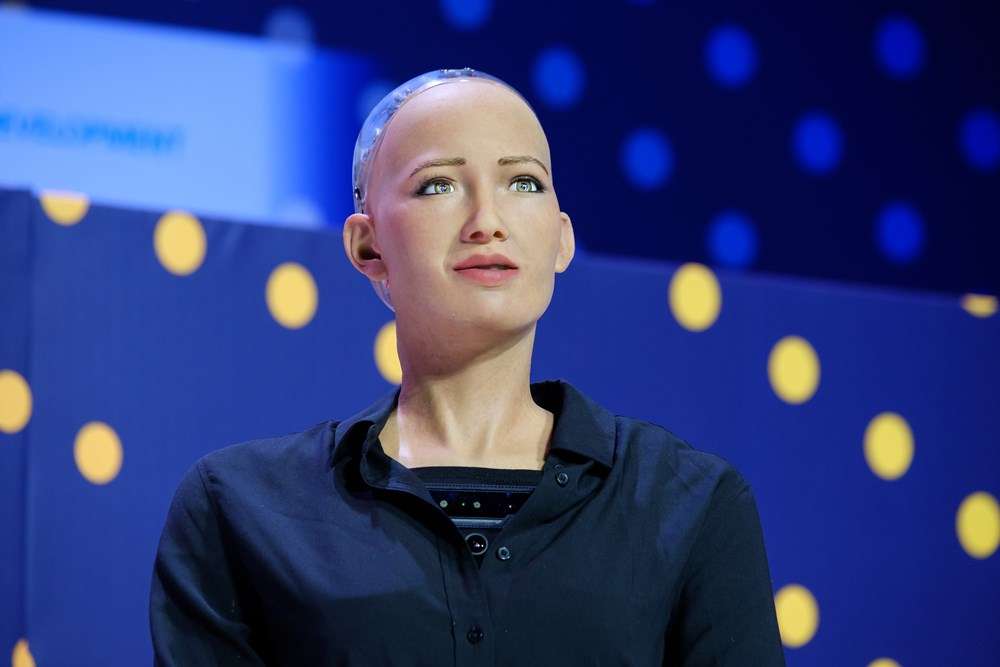The rise of artificial intelligence and robotics has sparked a global debate on the potential impacts of these technologies on our society. One of the most intriguing questions that arises in this context is whether humanoid robots – robots designed to mimic human form and functions – will serve as an aid to humankind or eventually replace us. This blog aims to explore the different aspects of this question by delving into the current capabilities of humanoid robots, their potential applications in various fields, and the ethical implications of their widespread adoption.
Current Capabilities of Humanoid Robots

Humanoid robots have come a long way since their inception. Today, they are capable of performing a wide range of tasks, from simple ones like carrying objects or cleaning to more complex activities like dancing, playing musical instruments, or even conducting scientific research. For example, ASIMO, developed by Honda, can walk, run, climb stairs, and dance. Sophia, developed by Hanson Robotics, can hold a conversation, recognize faces, and express emotions. These robots are equipped with advanced sensors, actuators, and algorithms that enable them to interact with their environment and perform tasks with a high degree of precision and autonomy.
However, despite these advancements, humanoid robots still face significant challenges. They are expensive to produce, require a lot of energy to operate, and have limited cognitive capabilities compared to humans. Moreover, their ability to understand and respond to complex social cues is still underdeveloped. As a result, while humanoid robots can perform certain tasks more efficiently than humans, they are far from being able to replace us entirely.
Potential Applications of Humanoid Robots

Humanoid robots have the potential to revolutionize various fields by taking over tasks that are dangerous, repetitive, or require a high degree of precision. For example, they can be used in disaster response to search for survivors in hazardous environments, in healthcare to assist with surgeries or care for the elderly, and in manufacturing to perform repetitive tasks with precision. Additionally, they can be used in education as interactive teaching aids, in entertainment as performers or animatronics, and in research as test subjects for experiments that would be unethical or impractical to conduct on humans.
Furthermore, humanoid robots can serve as companions for people who are lonely or have special needs. For example, robots like Pepper, developed by SoftBank Robotics, are being used in nursing homes and hospitals to provide companionship and support to patients. Similarly, robots like NAO, developed by SoftBank Robotics, are being used in therapy for children with autism.
Ethical Implications

The widespread adoption of humanoid robots raises several ethical questions. First, there is the question of job displacement. As robots take over certain tasks, there will be a reduction in the need for human labor in those areas. While this can lead to increased efficiency and cost savings, it can also lead to job losses and increased income inequality. Moreover, there is the question of privacy and security. With the ability to collect and analyze vast amounts of data, humanoid robots could potentially be used for surveillance or malicious purposes.
Furthermore, there is the question of responsibility. If a robot causes harm, who is responsible? The manufacturer, the programmer, the operator, or the robot itself? Additionally, there is the question of human-robot interaction. As robots become more human-like, there is the potential for people to form emotional attachments to them. This raises questions about the nature of these relationships and the potential for manipulation or deception.
Conclusion
In conclusion, humanoid robots have the potential to greatly assist humankind by taking over dangerous, repetitive, or precision-required tasks, providing companionship and support to those in need, and revolutionizing various fields like healthcare, education, and entertainment. However, their widespread adoption also raises several ethical questions that need to be carefully considered.
While humanoid robots are far from being able to replace humans entirely, they can certainly serve as valuable tools to augment our capabilities and improve our quality of life. As technology continues to advance, it is crucial that we approach the development and deployment of humanoid robots with a thoughtful and responsible approach, considering both the potential benefits and risks. Ultimately, the role of humanoid robots in our society will be shaped by the choices we make today.










































